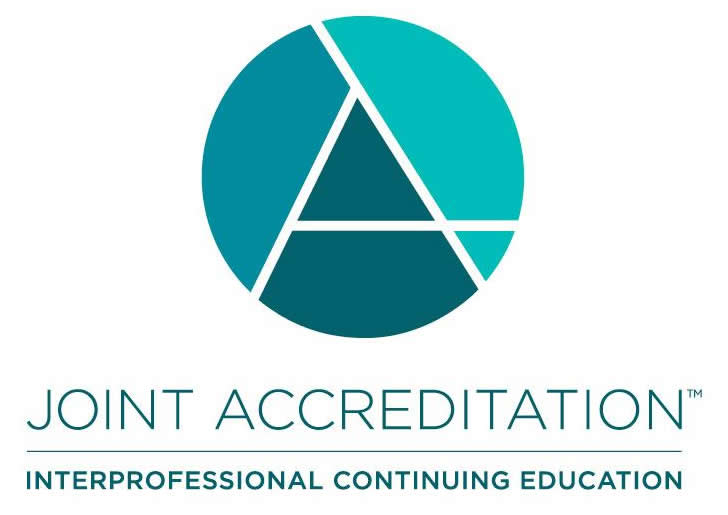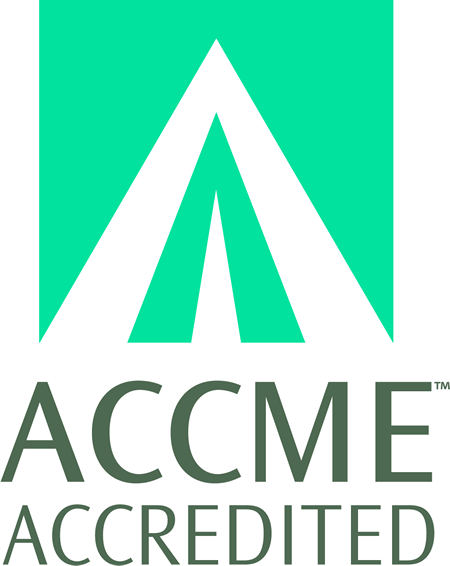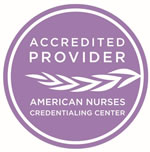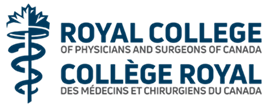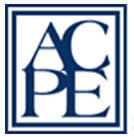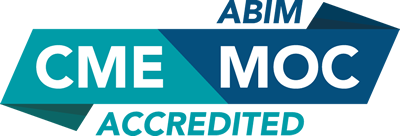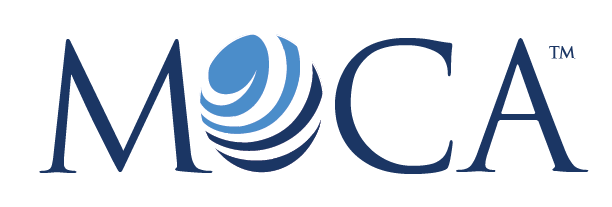
COURSE CREDITS & HOURS
14 AMA PRA Category 1 Credits™14 ACPE Credits
14.0 Contact Hours
14 (part II) MOC points in medical knowledge in the American Board of Internal Medicine's (ABIM) Maintenance of Certification (MOC) program
Up to 14 MOC (Part II) points in the American Board of Anesthesiology® (ABA) Maintenance of Certification (MOC) program
3½ Hours of Pharmacology for NPs
COURSE FEES
TARGET AUDIENCE
PROGRAM PURPOSE
These topics were selected as examples of conditions where clinicians should be thinking of patient values and goal and the discussion they and the entire clinical team should be having with their patient. The desired outcome fo the lecture series is that those attending will have the awareness to initiate a discussion about care goals, be able to identify the course and associated symptoms of neurologic illness, have the tools to have a meaningful and comfortable discussion with a patient and family, and leave with a plan to implement change on their return home.
Topics
- Palliative Care Overview: History, Range of focus and Relation to Hospice Care
- To discover the roots of palliative medicine, its impact on traditional practice models and the relation/definition between palliative and hospice care
- Advanced Care Directives
- To define the history/legalities of advanced care directives.
- To differentiate the various formats and techniques to advance end of life discussions.
- To examine the controversies in ACD such as surgical thirty day rules.
- Pain Management and Palliative Care: Pharmaceutical review and a Review of the Issues of the Opioid Crisis
- To illustrate treatment options for critical and end of life medical conditions.
- To examine the roots and solutions of the opioid crisis particularly as related to palliative and hospice care.
- COPD, CHF and ESRD in Palliative Care
- To utilize palliative medicine skills in the planning/treatment of these common chronic conditions.
- Patient Driven Voluntary Cessation of Hydration and Nutrition
- To identify the phenomena of patient's elective decision in non acutely mortal situations to terminate their lives through active decision.
- To examine the practitioners role/obligations in such a situation
- End of Life Symptomology and Management
- To summarize the common EOL symptoms.
- To demonstrate pharmaceutical and behavioral management of these conditions.
- Issues in Palliative Care: The Opioid Epidemic/ Legalized Cannabis use
- To examine the impact of the opioid epidemic on palliative care.
- To examine the use of cannaboids in palliative therapeutics
- Mental Status - delirium, MCI, dementia
- Generally determine the mental status of patients with varying degree of impairment
- Can the Patient Hear Me? - awareness, unresponsiveness and coma
- Describe an approach to patients with altered mental status
- Stroke - follow-up and prognosis
- Explain to a patient or family member the post-stroke prognosis and treatment plan
- Gap Analysis - quality approach to practice improvement
- Describe quality improvement approaches to improve their practice
- Multiple Sclerosis and Parkinson's in Palliative Care
- Assess the need and issues for a Palliative Care plan for patients with MS and PD
- Brain Death - what is it and diagnosis
- Assess Brain Death
- The Plan for Monday - changes for ease of practice and improvement in care
- Successfully implement something that they have learned and found of value during the course
- Voluntary elimination/cessation of fluids and nutrition (Patient initiated cessation of sustenance)






